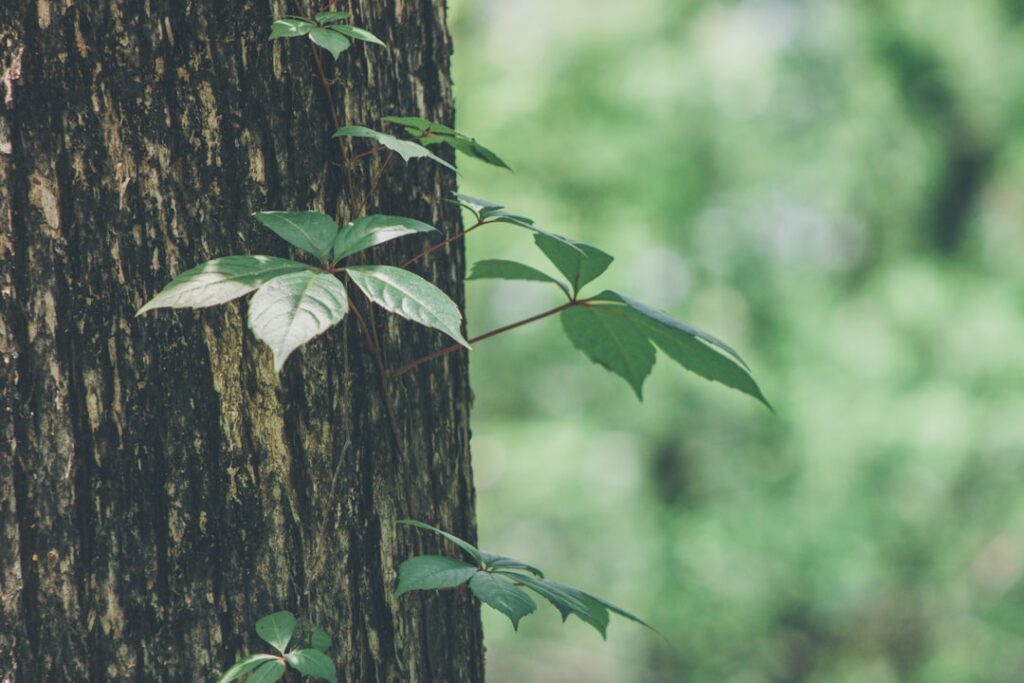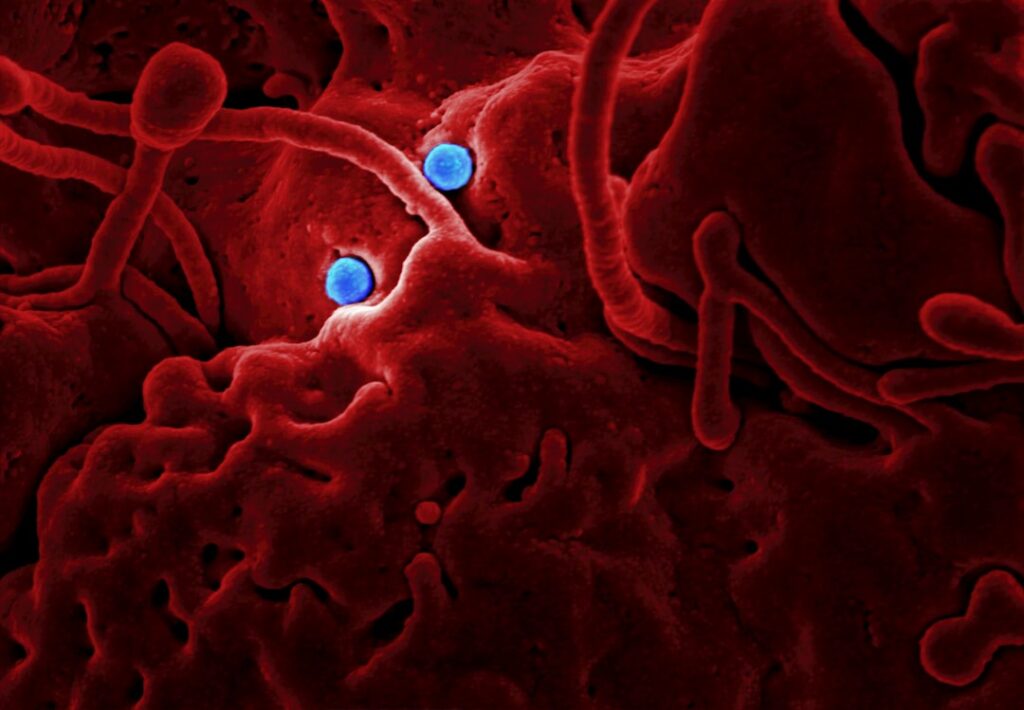Maplestar is a unique sweetener that has gained popularity in recent years. Derived from the sap of maple trees, Maplestar offers a distinct flavor that is both sweet and rich. Unlike other sweeteners, Maplestar has a natural sweetness that is not overpowering, making it a versatile ingredient in cooking and baking.
One of the reasons why Maplestar has become a popular sweetener alternative is its unique flavor profile. It has a deep, caramel-like taste with hints of vanilla and nuttiness. This complex flavor adds depth and richness to dishes, making them more enjoyable and satisfying. Whether used in desserts, beverages, or savory dishes, Maplestar enhances the overall taste experience.
The History and Origin of Maplestar
The origins of Maplestar can be traced back to the indigenous people of North America, who discovered the sweet sap of maple trees centuries ago. They would collect the sap and boil it down to create a syrup that was used as a sweetener in their cooking. This traditional method of making maple syrup has been passed down through generations and is still practiced today.
Maplestar gained popularity in North America during the colonial era when European settlers learned about the indigenous people’s use of maple syrup. They began using it as a sweetener in their own cooking and baking, and it quickly became a staple ingredient in their kitchens. Over time, maple syrup production expanded, and it became a thriving industry in regions with abundant maple trees, such as Canada and parts of the United States.
The Health Benefits of Maplestar
In addition to its delicious flavor, Maplestar also offers several health benefits. It is a natural sweetener that is free from artificial additives and preservatives. It contains essential minerals such as manganese, zinc, and calcium, which are important for maintaining healthy bones and teeth.
Maplestar also contains antioxidants that help protect the body against free radicals, which can cause damage to cells and contribute to chronic diseases. These antioxidants have anti-inflammatory properties and may help reduce the risk of certain conditions, such as heart disease and cancer.
Compared to other sweeteners like refined sugar, Maplestar has a lower glycemic index, meaning it causes a slower rise in blood sugar levels. This makes it a suitable option for individuals with diabetes or those who are watching their blood sugar levels.
How to Use Maplestar in Cooking and Baking
| Maplestar Usage | Cooking | Baking |
|---|---|---|
| Flavor Profile | Enhances savory dishes with a sweet and smoky taste | Complements baked goods with a warm and rich flavor |
| Substitution | Can be used as a substitute for brown sugar or honey in recipes | Can be used as a substitute for vanilla extract or cinnamon in recipes |
| Measurement | 1 tablespoon of Maplestar equals 1 tablespoon of brown sugar or honey | 1 teaspoon of Maplestar equals 1 teaspoon of vanilla extract or cinnamon |
| Recipes | Maplestar glazed salmon, Maplestar roasted vegetables, Maplestar BBQ sauce | Maplestar cinnamon rolls, Maplestar apple pie, Maplestar banana bread |
Maplestar can be used in a variety of ways in cooking and baking. It can be used as a substitute for sugar in recipes, adding a unique flavor and sweetness. When using Maplestar as a replacement for sugar, it is important to note that it is sweeter than sugar, so less quantity is needed.
When using Maplestar in baking, it is important to consider its liquid content. Maplestar has a higher water content than sugar, so adjustments may need to be made to the recipe to account for this. It is also important to note that Maplestar can cause baked goods to brown more quickly, so it may be necessary to reduce the baking time or lower the oven temperature slightly.
Maplestar as a Natural Sweetener Alternative
Maplestar is often compared to other natural sweeteners like honey and agave syrup. While all three offer natural sweetness, Maplestar stands out for its unique flavor profile and versatility.
Compared to honey, Maplestar has a milder flavor that is less overpowering. It also has a lower water content, which makes it easier to use in recipes without affecting the texture of the dish. Additionally, Maplestar has a longer shelf life than honey, making it a more convenient option for those who don’t use sweeteners frequently.
When compared to agave syrup, Maplestar offers a more complex flavor profile. Agave syrup has a neutral taste, while Maplestar has a rich, caramel-like flavor that adds depth to dishes. Maplestar also has a lower glycemic index than agave syrup, making it a better option for those watching their blood sugar levels.
Maplestar in Beverages: From Coffee to Cocktails

Maplestar can be used to sweeten a variety of beverages, from hot drinks like coffee and tea to cold beverages like smoothies and cocktails. Its unique flavor adds a touch of sweetness and richness to drinks, enhancing the overall taste experience.
In coffee and tea, Maplestar can be used as a substitute for sugar or other sweeteners. It dissolves easily and blends well with the flavors of the beverage. The caramel-like taste of Maplestar pairs particularly well with the bitterness of coffee, creating a balanced and enjoyable drink.
For cold beverages like smoothies and cocktails, Maplestar can be used as a natural sweetener. Its rich flavor complements the fruity or herbal flavors in these drinks, adding depth and complexity. Maplestar can also be used to create flavored syrups for cocktails, adding a touch of sweetness and flavor.
Maplestar in Desserts: Cakes, Pies, and More
Maplestar is a popular ingredient in desserts due to its unique flavor and natural sweetness. It can be used in a variety of sweet treats, from cakes and pies to cookies and ice cream.
In cakes and pies, Maplestar can be used as a substitute for sugar in the batter or filling. Its rich flavor adds depth to the dessert, making it more indulgent and satisfying. Maplestar pairs particularly well with flavors like cinnamon, nutmeg, and vanilla, enhancing their taste.
For cookies and bars, Maplestar can be used as a sweetener in the dough or batter. Its natural sweetness adds a delicious flavor to the cookies without overpowering other ingredients. Maplestar also helps create a chewy texture in cookies, making them soft and moist.
In ice cream and other frozen desserts, Maplestar can be used as a sweetener in the base. Its natural sweetness blends well with the creamy flavors of ice cream, creating a delicious and refreshing treat. Maplestar can also be used to create flavored syrups or sauces for drizzling over ice cream or other desserts.
The Versatility of Maplestar in Savory Dishes
While Maplestar is often associated with sweet dishes, it can also be used in savory dishes to add a touch of sweetness and depth of flavor. Its unique taste pairs well with a variety of ingredients, enhancing the overall taste experience.
In salad dressings and marinades, Maplestar can be used as a natural sweetener. Its rich flavor adds complexity to the dressing or marinade, balancing out the acidity and enhancing the flavors of the other ingredients. Maplestar pairs particularly well with ingredients like balsamic vinegar, mustard, and citrus.
For glazes and sauces, Maplestar can be used to add a touch of sweetness and richness. Its caramel-like flavor complements savory ingredients like meat, poultry, and vegetables, creating a delicious and flavorful dish. Maplestar can be used in glazes for roasted meats or as a base for barbecue sauces.
In savory baked goods like bread and muffins, Maplestar can be used as a substitute for sugar. Its unique flavor adds depth to the baked goods, making them more interesting and enjoyable. Maplestar pairs particularly well with ingredients like nuts, cheese, and herbs.
Maplestar and Regional Cuisine: From Canada to the United States
Maplestar is deeply ingrained in the culinary traditions of North America, particularly in Canada and parts of the United States. It is used in a variety of regional dishes, adding a touch of sweetness and richness.
In Canada, Maplestar is synonymous with Canadian cuisine. It is used in traditional dishes like maple-glazed salmon, maple-baked beans, and maple butter tarts. Maplestar is also a key ingredient in Canadian desserts like maple syrup pie and sugar pie.
In the United States, Maplestar is commonly used in dishes from New England and the Midwest. It is used in recipes like maple-glazed ham, maple-roasted vegetables, and maple cornbread. Maplestar is also a popular ingredient in American desserts like pecan pie and maple walnut ice cream.
Embracing the Sweetness of Maplestar
Maplestar offers a unique flavor and natural sweetness that sets it apart from other sweeteners. Its rich, caramel-like taste adds depth to dishes and enhances the overall taste experience. Whether used in cooking or baking, Maplestar offers a versatile and delicious alternative to traditional sweeteners.
In addition to its delicious flavor, Maplestar also offers several health benefits. It is a natural sweetener that is free from artificial additives and preservatives. It contains essential minerals and antioxidants that contribute to overall health and well-being.
With its versatility and regional culinary traditions, Maplestar has become an integral part of North American cuisine. From beverages to desserts to savory dishes, Maplestar adds a touch of sweetness and richness to a wide range of dishes. So why not embrace the sweetness of Maplestar and explore the delicious possibilities it has to offer?






